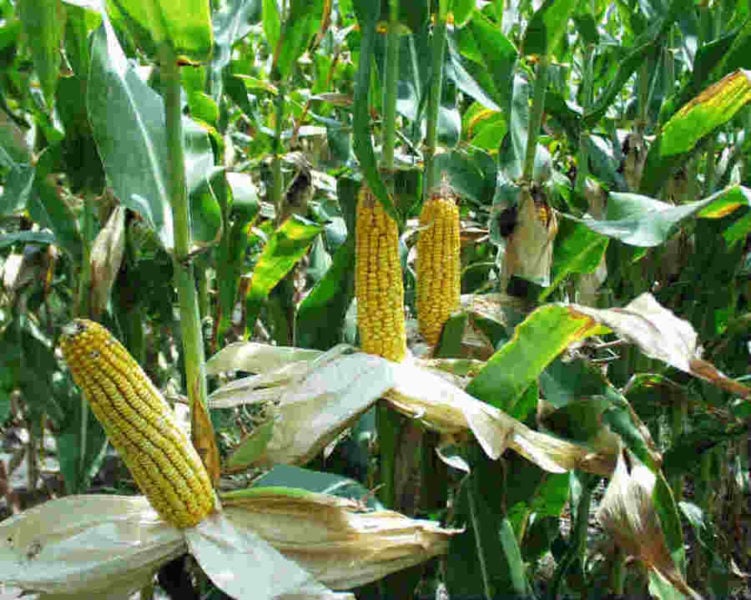Summary: New research reveals that growing maize for biomethane production on drained peatlands emits up to three times more CO2 than using natural gas, challenging the sustainability of this bioenergy practice.
Estimated reading time: 6 minutes
A study by the UK Centre for Ecology & Hydrology (UKCEH) has uncovered an alarming environmental paradox in the production of biomethane, a renewable energy source touted as a cleaner alternative to fossil fuels. The research, published in Nature Climate Change, shows that cultivating maize for biomethane on drained peatlands can result in greenhouse gas emissions up to three times higher than those from natural gas use.
This finding comes at a time when the production of crops for bioenergy is rapidly increasing as part of efforts to reach Net Zero emissions. However, the study suggests that some of these practices may be counterproductive when carried out on carbon-rich peatlands.
Why it matters: As countries worldwide strive to reduce their reliance on fossil fuels, biomethane has emerged as a promising alternative. However, this research highlights the critical need to consider the full environmental impact of bioenergy production, including the often-overlooked emissions from land use changes. The findings could significantly influence policy decisions and land management practices related to renewable energy production.
The Peatland Predicament
Peatlands are wetland ecosystems that store vast amounts of carbon in their soils, accumulated over thousands of years. When these lands are drained for agriculture, including bioenergy crop production, the exposed peat rapidly decomposes, releasing stored carbon as CO2 into the atmosphere.
Professor Chris Evans of UKCEH, who led the research, explains: “Biomethane is an important renewable energy source, but it seems unwise to use drained peatland primarily for generating bioenergy in areas where this leads to higher CO2 emissions than the fossil fuel it replaces.”
The study found that while burning natural gas emits the equivalent of 2kg of CO2 per cubic meter, cultivating maize for biogas production on drained peatland results in emissions of up to 6kg per cubic meter of biomethane produced. This figure doesn’t even account for additional emissions from fertilizer use, harvesting, transport, and biomethane production processes.
Rapid Expansion and Overlooked Emissions
The researchers observed a significant increase in the use of UK peatlands for maize cultivation, with the area more than doubling from about 6,000 hectares in 2015 to over 11,000 hectares in 2021. More concerning is the proportion of this crop grown specifically for bioenergy, which jumped from 20% to 34% during the same period, representing a threefold increase overall.
Dr. Rebecca Rowe, a co-author of the study, highlights the complexities of transitioning to net zero: “The transition to net zero won’t be completely smooth. Along with the successes, there will be failures and unintended consequences.”
This rapid expansion has been driven by government financial support schemes aimed at decarbonizing the energy sector. However, these policies may not have fully accounted for the emissions resulting from land use changes, particularly on peatlands.
Seeking Sustainable Solutions
The study doesn’t suggest abandoning biomethane production entirely but rather emphasizes the need for more careful consideration of where and how bioenergy crops are grown. For instance, the researchers note that growing maize on mineral soils has a less significant impact on long-term soil carbon balance.
Alternative approaches, such as paludiculture—growing biomass crops on wet or rewetted peatlands—could offer a more sustainable path forward. This practice could potentially mitigate climate change while still producing valuable biomass for energy production.
The researchers also suggest that using maize as a ‘break crop’ within rotation systems on peatlands could be less damaging than dedicating land solely to biomethane production. This approach would have commercial value while partially offsetting CO2 emissions associated with food production on peat.
Moving forward, the study underscores the importance of comprehensive life cycle assessments for bioenergy production, taking into account not just the end-use emissions but also the emissions associated with feedstock cultivation and land use changes.
As we navigate the complex path to a low-carbon future, this research serves as a crucial reminder that well-intentioned solutions can sometimes have unintended consequences. It highlights the need for ongoing scientific assessment and adaptive policymaking to ensure that our efforts to combat climate change are truly effective and sustainable.
Quiz:
- How much more CO2 can maize cultivation on drained peatland emit compared to using natural gas?
- By how much did the area of UK peatland used for maize cultivation increase between 2015 and 2021?
- What alternative practice do researchers suggest might be more sustainable for biomass production on peatlands?
Answer Key:
- Up to three times more
- It more than doubled, from about 6,000 hectares to over 11,000 hectares
- Paludiculture (growing biomass crops on wet or rewetted peatlands)


